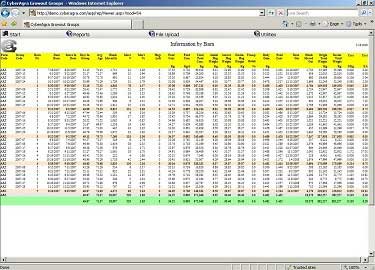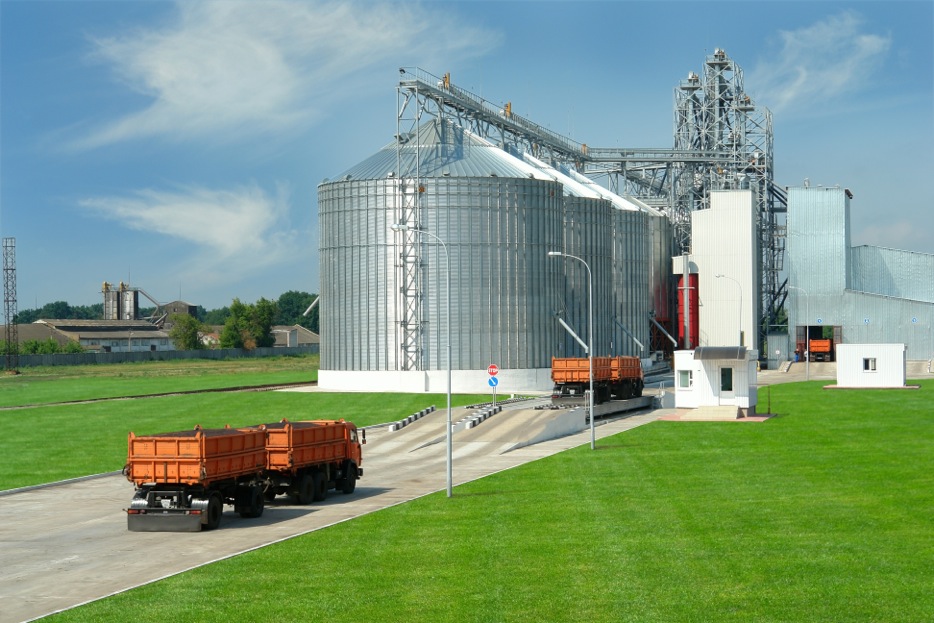

Another improvable aspect is the limited amount of or lack of data support services that generates value and promotes digital transformation in the swine sector. Integration of data from different sources (abattoir, laboratory, reproduction, health, or medicine use) was difficult and rare ( MAPAMA, 2019) and therefore of little value to generate knowledge for strategic decision making.

In post-weaning (nursery-grow-finishing), the most common reports used were body weight, feed intake, feed efficiency, and mortality by batch. These, in a best-case scenario, included the impact of certain explanatory variables such as parity, weaning to estrus interval or repeat percentages among others. They were focused on sow reproductive data, which consisted of collecting data on mating, farrowing, and weaning to generate working lists (sows to wean, farrow, or mate pregnancy checks and vaccinations) or basic production summaries. Most of the activities were basic and mainly focused on the management of farm tasks, with limited capacity for analysis. In the last three decades, the data used by farmers has been limited. Limitations of Current Data Management in Swine Production The importance of traditional animal-oriented data together with environment-oriented data are stressed. In the current review, the limitations of data management and recently developed strategies in this sector have been revised, together with the need for new technologies and their use in the evolution of the precision livestock farming concept. The present work addresses the use of data in improving decision making and farm productivity, one of the aspects that has generated more interest in swine production in recent years.

New technologies such as electronic feeders and artificial intelligence systems capturing big data will provide a better understanding of animal requirements and behavior, increasing efficiency and sustainability.īiosecurity can be improved using tracking devices for farm staff, recording movements real-time to decrease disease risks and consequently, improve health and productive performance. A swine management system consisting of tools (software and devices), with a protocol and standard operative procedures, can generate the necessary information for the decision-making process. Big data collected on farms can be transformed into useful information to improve decision making and maximize productivity.


 0 kommentar(er)
0 kommentar(er)
